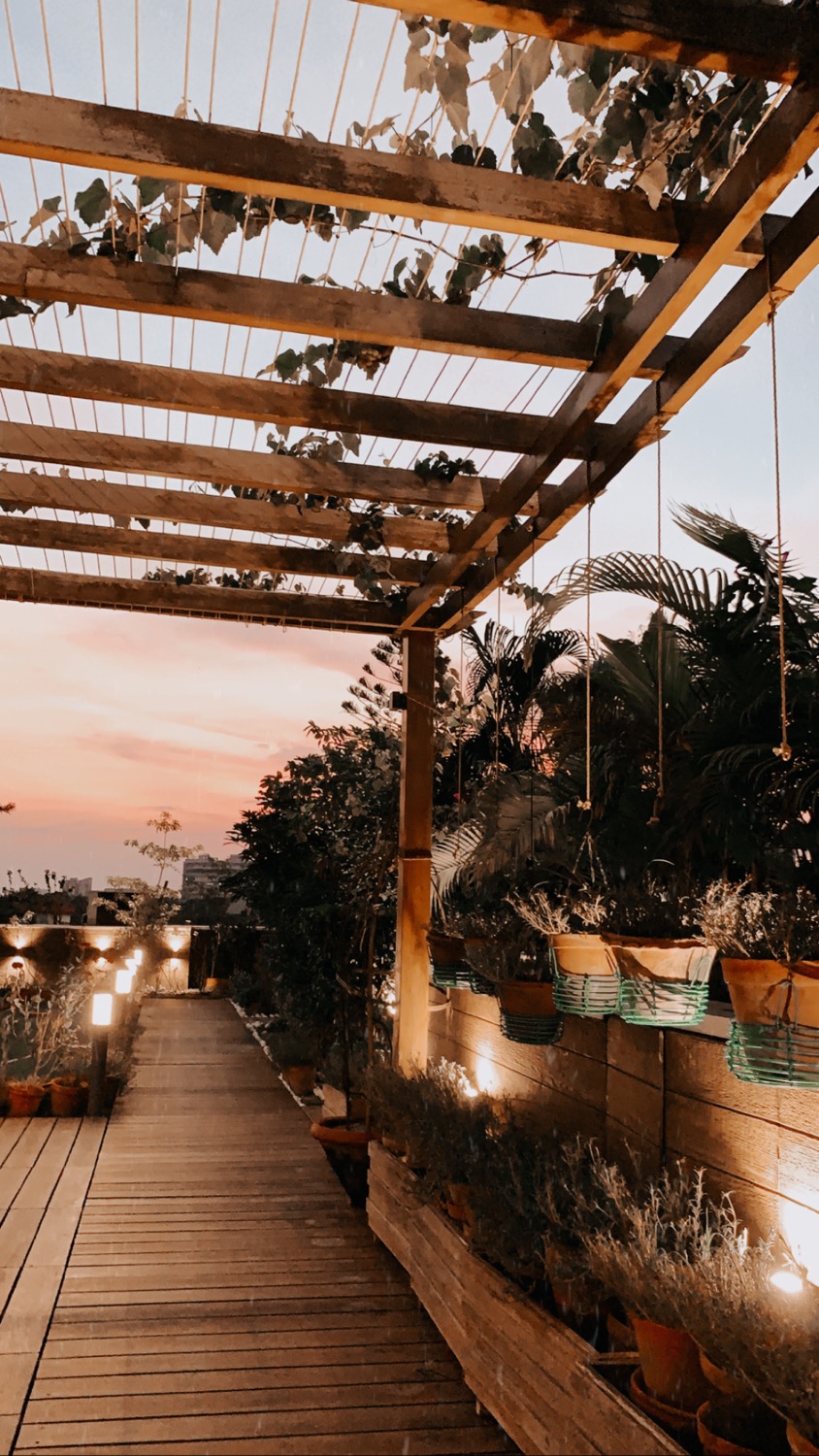Week 10
- Alisha Gupta

- May 29, 2023
- 3 min read
This last week I exported all my Technical drawings for my interior and exterior into Layout for arranging them on the studio plan. It took time to figure out the scale I need to resize my drawings to for them to fit on the paper and went with an A2 wide sheet which worked best.


I had initially separated them and felt they were a by keeping them on different sheets and was later advised by my lecturer to keep them all on one sheet for the interior and a different one for the exterior since the plan view and elevations needed to be read together as I had previously followed during my hand Technical Drawings.

Final Stage of 3D Model
The last thing I had left to complete on Blender was placing my camera and rendering the image outcome and then keyframing it to animate my scene as separate shots for my movie walkthrough of the set. We weren’t required to do the latter at all but It was an element I personally wanted to include to convey the atmosphere of this environment to viewers that I felt could only be done best, through moving image and sound.

Final Image Renders
For the final renders I pulled my camera back to get wide angle shots of the space which included the water and ceiling to make it feel as grand and opulent as possible, yet daunting at first glance. I was really pleased with my renders, I did not have enough time unfortunately to do them in Cycles on my render settings and did do a test render in this mode which made the scene definitely realistic but much brighter than my chosen settings- Eevee. The outcome was as I imagined and hoped for- a story worth telling. It definitely portrayed the thematic language of Othello in its intimacy by designing my space as a private bath that became a haunting reminder of the violent nature of love, much like the calm of the water that could turn destructive at any moment and transform the meaning of a space from the sanctimony of marriage to murder.

Interior Shot by Shot- the film.
The process of rendering the animation was nothing short of a challenge because of the detailing in my scene and the number of lights which weighed down the render time and caused the program to constantly crash, which wasn’t helpful as I had to work on my laptop when the studios on campus were closed this week leaving a short window of time to get this done.

I found a work around this by going into each object collection and hiding or deleting hidden elements not in use including lights that were excessive. On my first shot which was my opening sequence to the set, the camera moves from the balcony door into the space and goes down- under the water and for this I had duplicated the water plane a number of times to create depth since one plane appeared flat and left the camera disappearing into darkness showing nothing which isn’t what I wanted.

However this proved to be the cause of the crash and I realized once I deleted these additional water planes that it was causing the problem. To work around this I duplicated only one plane- scaled it on the Y Axis and placed it vertically along my model beneath the first water surface. This meant the camera captured this surface while descending. The process of finally being able to render smoothly was rewarding and even more so in the end when the editing of the film was complete in Adobe Premier Pro, where I added my soundscape that brought the environment to life.





Comments